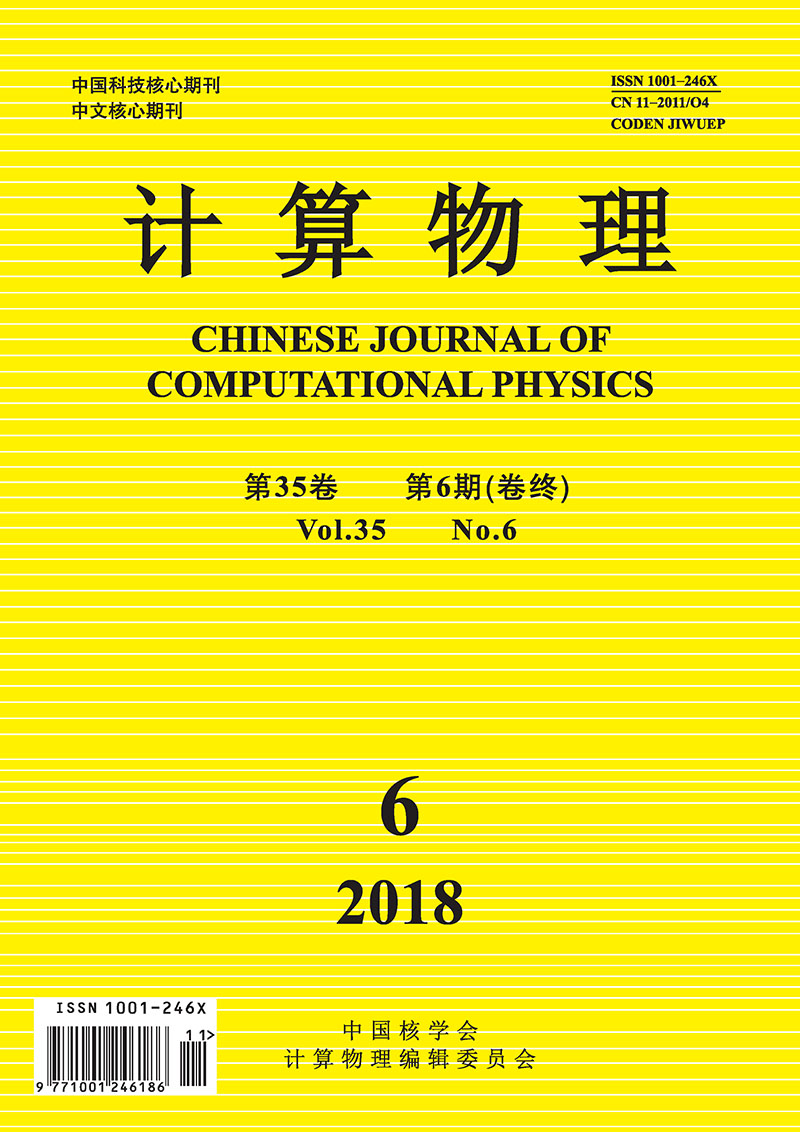|
|
Turbulence at Non-turbulent/Turbulent Density Interface in a Mean Shear-free Stably Stratified Two-layer Fluid
LI Zhaohui, SHI Zhong
2018, 35(6):
631-648.
DOI: 10.19596/j.cnki.1001-246x.7755
This paper is concerned with the turbulence at a non-turbulent/turbulent density interface in a mean shear-free stably stratified two-layer fluid using the statistical theory of turbulence, spectral analysis, and Rapid Distortion Theory. Further extended calculations are made for the non-dimensional Eulerian frequency spectra of the horizontal and vertical velocities, and the horizontal and vertical root-mean-square velocities for both arbitrary and infinite Richardson number (Ri) for Case I, the density interface thickness (h) is negligible; Case Ⅱ, h is very thin, respectively. For Case I, (1) for arbitrary and infinite Ri, the effect of a density interface on large scale eddies is more significant than on the small scale eddies; the distortion of turbulence by a density interface is more significant in the vertical direction than in the horizontal direction.(2) For arbitrary Ri, if the non-dimensional frequency is large, the non-dimensional Eulerian frequency spectra of both the horizontal and vertical velocities satisfy the -5/3 power law at the density interface and within the turbulent layer. However, they are not converged into the same line, suggesting that the turbulence at the density interface is partially transferred into internal waves. For Case Ⅱ, (i) a density interface has no the effect on non-dimensional Eulerian frequency of the horizontal velocity; a transitional zone of the non-dimensional Eulerian frequency spectrum of the vertical velocity, which does not satisfy the -5/3 power law but has an increasing power law, is present within the turbulent layer; (ii) the non-dimensional Eulerian frequency spectrum of the vertical velocity satisfies the -5/3 power law while a decreasing powerlaw is present at the density interface; (iii) a transitional zone of the non-dimensional Eulerian frequency spectrum of the vertical velocity decreases and is shifted to the left side with increasing distance from the interface, suggesting that the energy within the transitional zone decreases after taking h into account; when the non-dimensional frequency increases, the non-dimensional Eulerian frequency spectrum of the vertical velocity satisfies the -5/3 power law, suggesting that the density interface has no effect on the small scale eddies after taking h into account; far from the density interface, a transitional zone disappears; (iv) the power of the non-dimensional Eulerian frequency spectrum of the vertical velocity at the density interface decreases, suggesting that the energy is focused within the low non-dimensional frequency zone after taking h into account; (v) when h increases, the non-dimensional Eulerian frequency spectrum of the vertical velocity deceases with the same amplitude within the whole non-dimensional frequency range of the linear internal waves at the density interface, while the non-dimensional Eulerian frequency spectrum of the vertical velocity only decreases within the linear low non-dimensional frequency range and its decreasing amplitude decreases with increasing non-dimensional frequency; furthermore, the vertical range within which the density interface affects the horizontal and vertical root mean square velocities decreases with increasing Richardson number.
|
